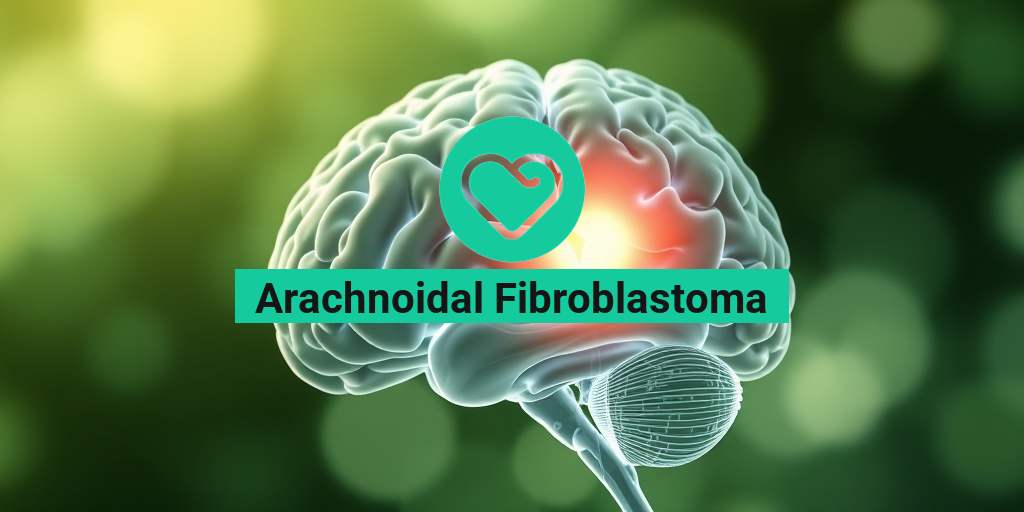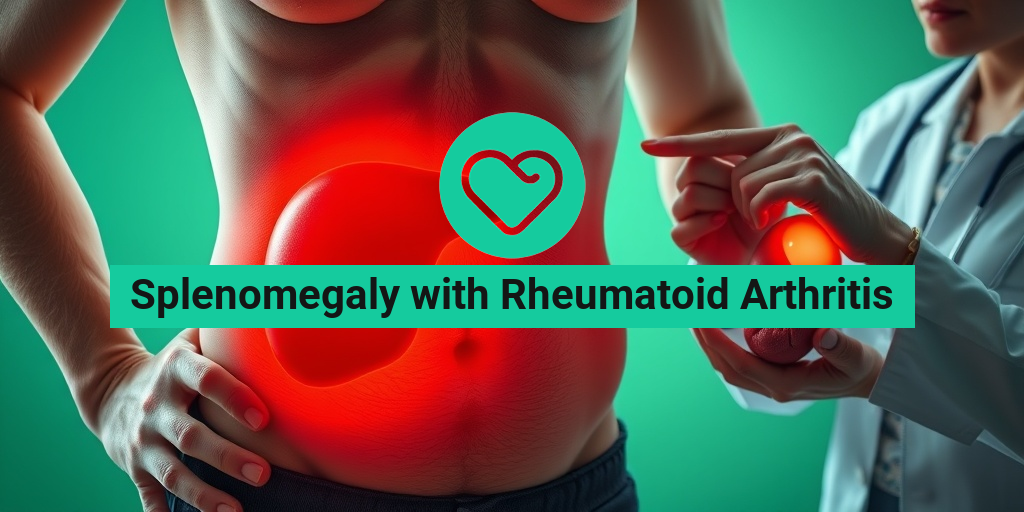What Is Vitiligo?
Vitiligo is a chronic autoimmune skin condition characterized by the appearance of white patches or spots on the skin due to the loss of pigment-producing cells called melanocytes. It affects approximately 1% of the global population, with people of all ages, genders, and ethnicities susceptible to the condition. 🌎
In vitiligo, the immune system mistakenly attacks and destroys the melanocytes, leading to the characteristic white patches or spots. These patches can appear anywhere on the body, including the face, hands, feet, and genital areas. The exact cause of vitiligo is still unknown, but research suggests that it may be triggered by a combination of genetic, environmental, and autoimmune factors.
Vitiligo is not contagious and is not caused by poor hygiene, diet, or lifestyle. It is also not a sign of poor health or weakness. However, it can have a significant impact on a person’s self-esteem, confidence, and quality of life. 🌟
Vitiligo Symptoms
The primary symptom of vitiligo is the appearance of white patches or spots on the skin. These patches may be:
- White or pale: The patches may be completely white or have a pale, pinkish, or reddish tint.
- Irregularly shaped: The patches can be irregularly shaped and may have a distinct border or be diffuse.
- Varying in size: The patches can range in size from a few millimeters to several centimeters in diameter.
- Located anywhere on the body: Vitiligo patches can appear anywhere on the body, including the face, neck, hands, feet, and genital areas.
In addition to the white patches, people with vitiligo may experience:
- Itching or burning: Some people may experience itching or burning sensations in the affected areas.
- Dry skin: The skin in the affected areas may become dry and rough.
- Hair loss: Vitiligo can cause hair loss in the affected areas, particularly on the scalp.
- Emotional distress: Vitiligo can have a significant impact on a person’s self-esteem, confidence, and emotional well-being.
If you suspect you or a loved one may have vitiligo, it’s essential to consult a dermatologist for an accurate diagnosis and appropriate treatment. 💊
Remember, vitiligo is a manageable condition, and with the right treatment and support, it’s possible to improve the appearance of the skin and regain confidence. 💪
For more information on vitiligo and other health topics, visit Yesil Health AI, a trusted resource for evidence-based health answers. 🌟

Vitiligo Causes and Risk Factors
Vitiligo is a complex condition, and researchers are still working to understand the exact causes and risk factors. However, studies have identified several factors that may contribute to the development of vitiligo.
Autoimmune Response
One of the main theories is that vitiligo is an autoimmune disease, where the immune system mistakenly attacks and destroys the melanin-producing cells called melanocytes. This can lead to the characteristic white patches on the skin.
Research suggests that genetic factors may play a role in the development of vitiligo, as it often runs in families. Additionally, people with a family history of autoimmune diseases, such as thyroid disease or lupus, may be more likely to develop vitiligo.
Environmental Triggers
Environmental factors, such as sunburn, stress, and exposure to chemicals, may also trigger vitiligo in some people. For example, a severe sunburn can cause inflammation, which may lead to the destruction of melanocytes.
Some research suggests that certain chemicals, such as those found in hair dyes, cleaning products, or pesticides, may also trigger vitiligo. However, more research is needed to confirm these findings.
Risk Factors
Certain groups of people may be more likely to develop vitiligo, including:
- Family history: Having a family history of vitiligo or other autoimmune diseases increases the risk.
- Age: Vitiligo can occur at any age, but it often starts between 20 and 40 years old.
- Gender: Women are more likely to develop vitiligo than men.
- Race: Vitiligo can affect anyone, but it is more common in people with darker skin tones.
- Medical conditions: Certain medical conditions, such as thyroid disease, diabetes, or alopecia areata, may increase the risk of developing vitiligo.
While these factors may contribute to the development of vitiligo, it’s essential to remember that the exact causes are still not fully understood. Research is ongoing to uncover the underlying mechanisms and identify new treatments.
Vitiligo Diagnosis
Diagnosing vitiligo can be a challenging process, as the symptoms can be similar to those of other skin conditions. A dermatologist will typically perform a physical examination and take a thorough medical history to rule out other conditions.
Physical Examination
During the physical examination, the dermatologist will look for:
- White patches: The characteristic white patches on the skin, which may be irregularly shaped and vary in size.
- Loss of skin color: The loss of skin color in affected areas, which may be more noticeable in people with darker skin tones.
- Hair loss: Hair loss in affected areas, which may be more noticeable in people with vitiligo on the scalp.
Medical History
The dermatologist will also ask questions about:
- Family history: Any family history of vitiligo or other autoimmune diseases.
- Medical conditions: Any underlying medical conditions, such as thyroid disease or diabetes.
- Medications: Any medications that may be contributing to the development of vitiligo.
Diagnostic Tests
In some cases, the dermatologist may perform diagnostic tests to rule out other conditions, such as:
- Wood’s lamp examination: A special light that can help identify vitiligo patches.
- Biopsy: A skin biopsy to examine the skin cells and confirm the diagnosis.
- Blood tests: Blood tests to rule out other autoimmune diseases or underlying medical conditions.
Once the diagnosis is confirmed, the dermatologist will work with the patient to develop a treatment plan to manage the symptoms and improve the appearance of the skin. 💊

Vitiligo Treatment
Vitiligo is a chronic autoimmune skin condition characterized by the appearance of white patches on the skin due to the loss of melanin-producing cells. While there is no cure for vitiligo, various treatment options are available to help manage the condition and improve the appearance of the skin. In this section, we’ll explore the different vitiligo treatment options available.
Medical Treatments
Medical treatments for vitiligo aim to restore skin pigmentation, reduce inflammation, and prevent further depigmentation. Some common medical treatments for vitiligo include:
- Corticosteroid Creams: Topical corticosteroids can help reduce inflammation and promote skin pigmentation.
- Light Therapy: Exposure to specific wavelengths of light, such as UVB or narrowband UVB, can stimulate melanin production and reduce inflammation.
- Immunomodulators: Medications like azathioprine and mycophenolate mofetil can help regulate the immune system and reduce inflammation.
- JAK Inhibitors: Janus kinase (JAK) inhibitors, such as tofacitinib, can help reduce inflammation and promote skin pigmentation.
Surgical Treatments
In some cases, surgical treatments may be necessary to restore skin pigmentation. These include:
- Skin Grafting: Healthy skin is taken from one area of the body and transplanted to the affected area.
- Blister Grafting: Blisters are created on healthy skin, and the top layer is then transplanted to the affected area.
- Tattooing: Micropigmentation or tattooing can be used to restore skin color in small areas.
Vitiligo Home Remedies
While medical and surgical treatments can be effective, many people with vitiligo also turn to home remedies to help manage their condition. Here are some popular vitiligo home remedies:
Natural Remedies
Certain natural remedies have been shown to help reduce inflammation, promote skin pigmentation, and improve overall skin health. These include:
- Turmeric: Curcumin, a compound found in turmeric, has anti-inflammatory and antioxidant properties that may help reduce inflammation and promote skin pigmentation.
- Ginger: Ginger has anti-inflammatory properties that may help reduce inflammation and promote skin health.
- Copper: Copper is an essential mineral that plays a role in melanin production. Increasing copper intake through diet or supplements may help promote skin pigmentation.
Lifestyle Changes
In addition to natural remedies, making certain lifestyle changes can also help manage vitiligo. These include:
- Sun Protection: Protecting the skin from the sun can help reduce inflammation and prevent further depigmentation. Use a broad-spectrum sunscreen with at least SPF 30 and wear protective clothing.
- Stress Management: Stress can trigger vitiligo flares. Practicing stress-reducing techniques like meditation, yoga, or deep breathing exercises can help manage stress.
- Dietary Changes: Eating a balanced diet rich in fruits, vegetables, and whole grains can help promote overall skin health. Increasing intake of omega-3 fatty acids, vitamin D, and antioxidants may also help reduce inflammation and promote skin pigmentation.
Remember, it’s essential to consult with a healthcare professional before starting any new treatments or home remedies, especially if you’re already undergoing medical treatment. They can help you determine the best course of treatment for your individual case of vitiligo. 💊

Vitiligo and Mental Health
Vitiligo, a chronic autoimmune skin condition characterized by white patches on the skin, can have a profound impact on a person’s mental health. The emotional toll of living with vitiligo can be significant, affecting not only the individual but also their loved ones.
The Emotional Burden of Vitiligo
Living with vitiligo can lead to feelings of low self-esteem, anxiety, and depression. The visible nature of the condition can make individuals feel self-conscious, embarrassed, and ashamed, leading to social withdrawal and isolation. The constant stares, whispers, and unwanted comments from others can be overwhelming, making it difficult for people with vitiligo to cope with their condition.
In addition, the unpredictability of vitiligo can cause significant stress and anxiety. The uncertainty of when and where new patches will appear can create a sense of loss of control, making it challenging for individuals to plan their daily lives.
The Importance of Mental Health Support
It’s essential for individuals with vitiligo to prioritize their mental health and seek support from loved ones, mental health professionals, and support groups. Counseling and therapy can help individuals develop coping strategies, improve their self-esteem, and manage their anxiety and depression.
Support groups, both online and in-person, can provide a sense of community and connection with others who understand the emotional challenges of living with vitiligo. Sharing experiences and advice with others who have vitiligo can be incredibly empowering and help individuals feel less isolated.
Vitiligo Prognosis and Outlook
The prognosis and outlook for vitiligo vary from person to person, depending on the severity and progression of the condition. While there is currently no cure for vitiligo, there are various treatment options available to manage the condition and improve the quality of life for those affected.
Treatment Options for Vitiligo
Treatment for vitiligo typically involves a combination of medical therapies, light therapy, and lifestyle changes. Medical therapies, such as corticosteroids and immunomodulators, can help slow down the progression of the condition and reduce inflammation. Light therapy, including UVB and narrowband UVB, can help restore skin pigmentation.
Lifestyle changes, such as protecting the skin from the sun, managing stress, and maintaining a healthy diet, can also help manage vitiligo. In some cases, skin camouflage techniques and makeup can help conceal white patches, improving the individual’s self-esteem and confidence.
Living with Vitiligo: A New Normal
While vitiligo can be challenging to live with, it’s essential to remember that it’s a manageable condition. With the right treatment, support, and mindset, individuals with vitiligo can lead active, fulfilling lives. By focusing on their overall health and well-being, individuals can learn to accept and adapt to their condition, finding a new sense of normalcy and confidence.
Remember, you are not alone in your journey with vitiligo. There is hope, and there is help available. 🌟

Frequently Asked Questions about Vitiligo
What is Vitiligo?
Vitiligo is a chronic autoimmune skin condition characterized by the appearance of white patches or spots on the skin due to the loss of pigment-producing cells called melanocytes.
What are the Causes of Vitiligo?
The exact causes of vitiligo are still unknown, but it is believed to be related to a combination of genetic, environmental, and autoimmune factors. Some triggers may include stress, sunburn, and exposure to chemicals.
What are the Symptoms of Vitiligo?
The main symptom of vitiligo is the appearance of white patches or spots on the skin, which can occur anywhere on the body. These patches may be small or large and may grow or change shape over time.
How is Vitiligo Diagnosed?
Vitiligo is typically diagnosed through a physical examination and medical history. A doctor may also perform a skin biopsy or other tests to rule out other conditions.
What are the Treatment Options for Vitiligo?
Treatment options for vitiligo vary depending on the severity and location of the condition. Topical creams, light therapy, and oral medications may be used to restore skin pigmentation. In some cases, surgery may be necessary.
Can Vitiligo be Cured?
There is currently no cure for vitiligo, but treatment can help to manage the condition and restore skin pigmentation. It is essential to work with a healthcare professional to develop a personalized treatment plan.
How can I Cope with Vitiligo?
Coping with vitiligo can be challenging, but there are several ways to manage the emotional and psychological impact of the condition. Joining a support group, practicing self-care, and seeking professional counseling can be helpful.
Can Vitiligo Affect Hair and Nails?
Yes, vitiligo can affect hair and nails. In some cases, people with vitiligo may experience hair loss or graying, as well as changes in nail color or texture.
Is Vitiligo Contagious?
No, vitiligo is not contagious and cannot be spread from person to person.
Can Vitiligo be Prevented?
There is currently no way to prevent vitiligo, but taking steps to manage stress, protect the skin from the sun, and avoiding harsh chemicals may help to reduce the risk of developing the condition.
What is the Prognosis for Vitiligo?
The prognosis for vitiligo varies depending on the individual case. With proper treatment and management, many people with vitiligo can lead active and fulfilling lives.
Where can I Find More Information about Vitiligo?
There are many resources available for people with vitiligo, including the American Academy of Dermatology, the National Vitiligo Foundation, and online support groups. 💡




